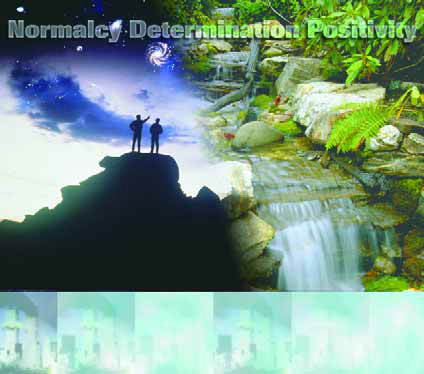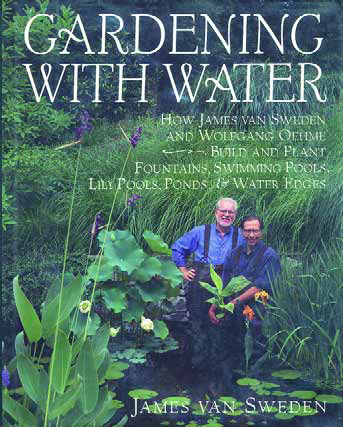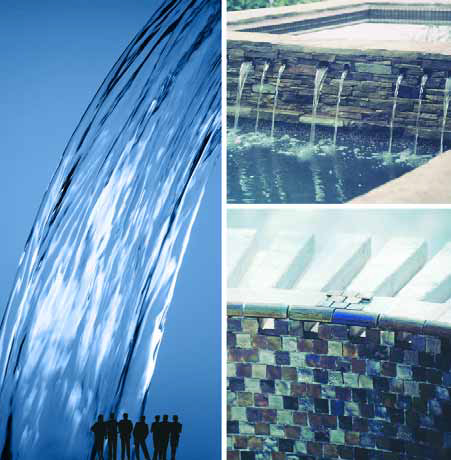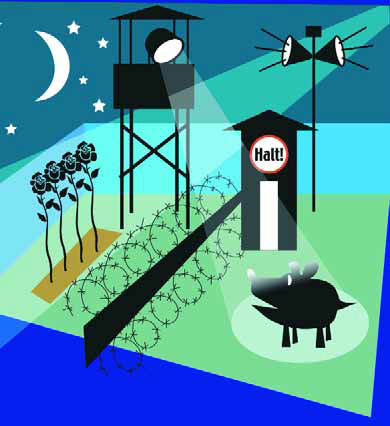WaterShapes
At nearly five months and counting, it's clear that many of us are still trying to sort out, understand and learn to live with the events of September 11, 2001 - and I suspect that, on some levels, we will be doing so for months or even years to come. Over and over again, we've been told how our lives are now different. Although it'll still take us a while to find out what "different" really means, we know already that we've lost a certain amount of innocence. We've also lost a certain naiveté about the way things are in the wide world and are now reevaluating many things, from big important issues such as airport security to more modest concerns such as
Visiting Hearst Castle is an experience that sticks with you. Long before I became a watershape designer, I know that my childhood visits to this hilltop in Central California inspired and affected my thinking about art and architecture and the creative use of space long before I had any professional interest in those subjects. Every time I go - which is as often as I can - I'm impressed by a collection of art and architecture so rich and varied that I always find something new. For years, I've been amazed by the castle's two pools and their beautiful details, incredible tile and classic style. More recently, however, I've started paying closer attention to the other ways in which water is used on the property - and my appreciation for what I'm seeing grows every time I stop by. A BIT OF HISTORY William Randolph Hearst inherited the 250,000-acre ranch on which the castle was built from his mother, Phoebe Apperson Hearst, in 1919. The remote property hadn't seen much development to that point, but he soon began transforming it into a monument to American ambition and his passion for
Home to some of the world's greatest outdoor spaces, Kyoto, Japan, is a garden lover's heaven. If you make the trip, however, there is one garden that stands above all others - an aesthetic treasure, a nature-inspired garden masterpiece that is quite possibly the most beautiful place I've ever been. Owned by the Japanese imperial family, Katsura Rikyu (pronounced kah-tsu-rah ree-kyu) is an estate in Western Kyoto near the Katsura River. Rikyu means "detached palace," but that translation is a little misleading to English speakers, because the estate does not
It's a grand watershape built at a time and place when "grand" was in fashion in so many ways. Ever since 1940, when the Raleigh Hotel and its beautiful swimming pool opened to the public for the first time, the establishment has made a statement about the sun-drenched glory of a prime South Florida location as well as the glamour of an era gone by. Designed and built by renowned architect L. Murray Dixon, the hotel and pool are located in South Beach, Miami's famed Art Deco district. The pool's curvaceous shape and modern styling reflected the hotel's architecture and the aspirations of the times. As the '40s wore on, it would become a swimming pool that was perfectly in sync with the world around it. When Miami boomed in the years following World War II, the hotel did, too. Vacationers and snowbirds from the great cities of the Northeast arrived in droves, looking for a new kind of excitement and an entirely different sort of glamour of the kind that featured
Without any hesitation at all, I can say that Gardening with Water by James Van Sweden (Random House, 1995) is one of the most influential books on design that I've ever read. It's currently out of print, but it's certainly worth a hunt and can still be found on the Internet and in many technical bookstores. All through its 206 beautifully illustrated pages, Van Sweden carefully details his approach to designing with water - an element he says should be used in some form in every garden design. Along the way, he covers his firm's use of swimming pools (natural and architectural) as well as birdbaths, fountains, small watergardens and large ponds. It's an important book from a tremendously influential designer. In fact,
One of the skills of a good designer is the ability to recognize those situations in which less is more. The detail pictured in these pages, for example, shows how the choice to go with a small volume of moving water (as opposed to a torrent) can add immeasurably to a composition's visual strength. Using this understated approach helps the designer or builder avoid what has become one of the biggest clichés of modern pool design - that is, the outsized waterfall spilling over a single weir from a raised spa into an adjacent swimming pool. My desire to get away from that monotonous
Whenever I'd call my mother on the phone when I was a kid, she'd start the conversation by asking me, "Are you smiling?" Back then, I never gave her greeting too much thought because that's what young people do: They ignore their parents' wisdom until they realize at some point just how smart the old folks could be. As I've grown older and gained experience in business and life in general, it has occurred to me that my mom's question is important and even a bit profound. At first blush, this notion of smiling on the phone is sort of silly. After all, no one sees your face when you're on the phone, so who cares about the expression on your face? But the truth is, this question of whether or not you're smiling on the phone has everything to do with
To be honest, I've never been a huge fan of New Year's resolutions. And I especially don't cotton to all the sentimental windbagging that seems to attend the "dawning" of this new era or that. But on this occasion, and for reasons all too many and obvious, I won't shy away from




















